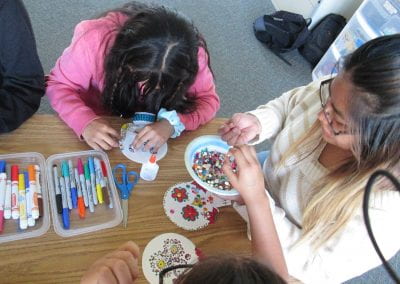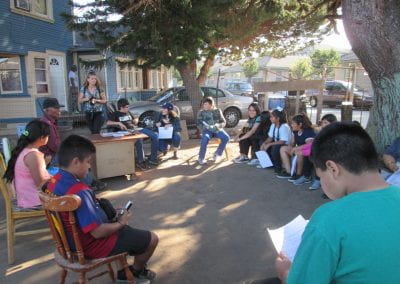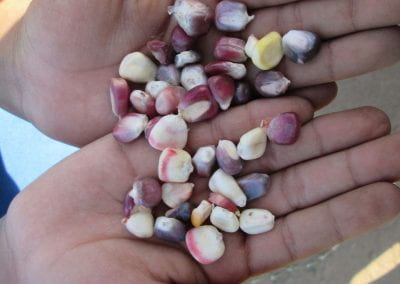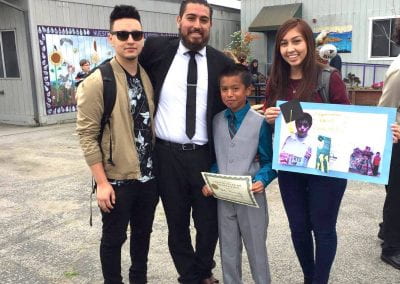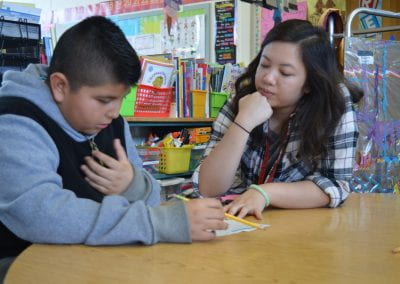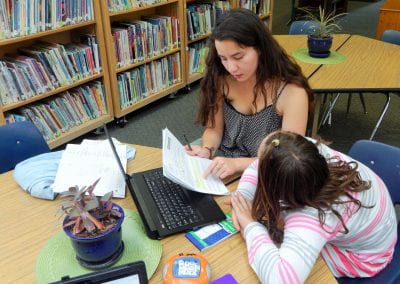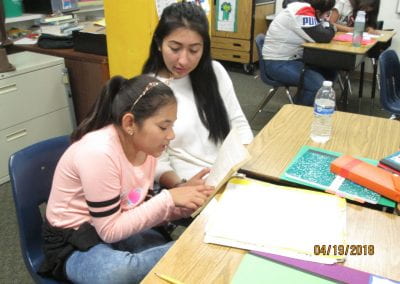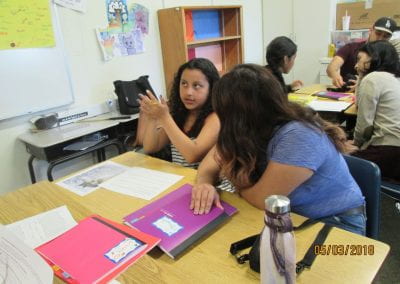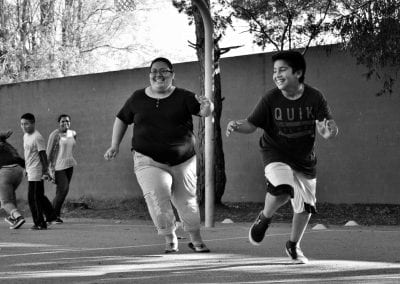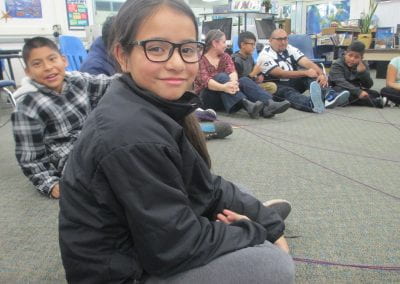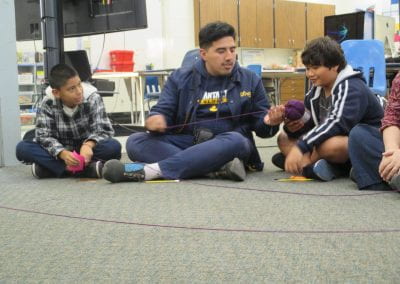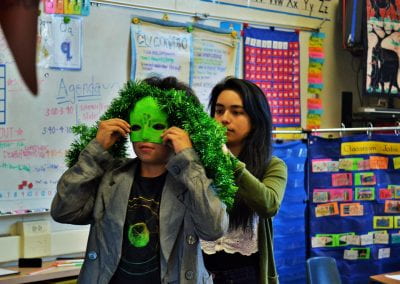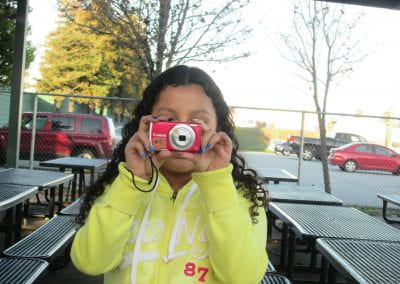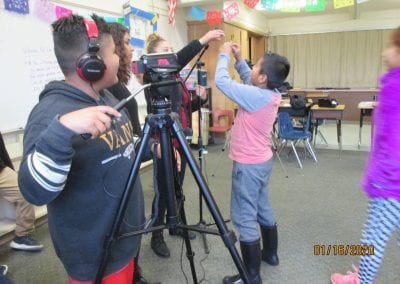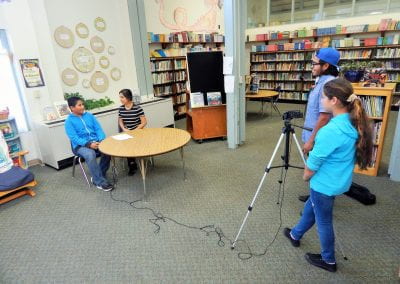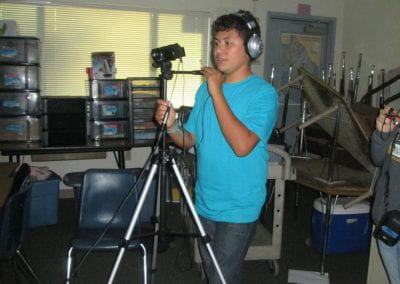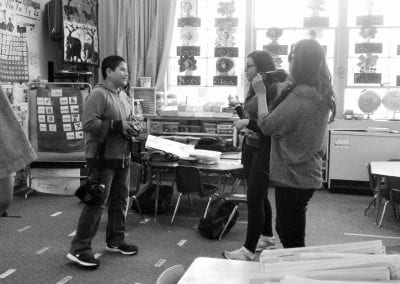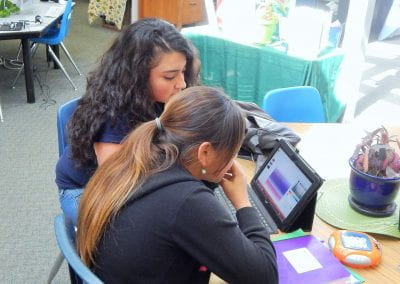Corre La Voz Program Description
Corre la Voz is an after-school program that promotes academic and community engagement, confidence, and joy in learning. Our pedagogies build cultural dignity, multimodal literacies, and community development.
Our Learning Community: CLV serves primarily Latina/o 4th and 5th graders at Bay View Elementary school, who are from Spanish-speaking homes. Most of the kids in the program are in the process of being recognized by the school as English Proficient, and soon will be in middle school. CLV works on multiple levels to develop a strong sense of pride and possibility for these students. We want to see these brilliant students reach their dreams in college and beyond, and we know they will need a strong sense of self, family, and community–a positive understanding of their place in their world–as well as proactive learning approaches to be able to invest in their future.
Corre la Voz is an intensive internship for upper division students who want to learn about teaching methods and innovative curricula. Many CLV mentors themselves are first-generation college students, and some, like Bay View students, spoke Spanish as their first language. CLV mentor cohorts are comprised of students with diverse talents who are committed to being responsible, thoughtful, and fully present with kids and teammates as they practice the effects of intentional language.
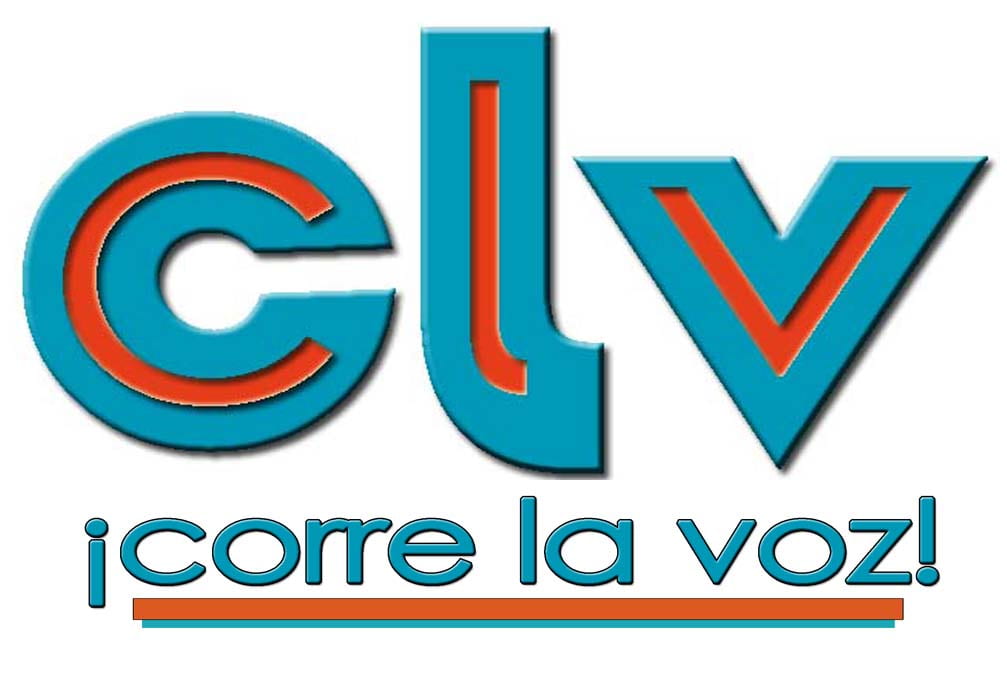
Corre La Voz Pedagogy
Since 2009, when the program started, our pedagogies have been improved through continual collaboration, innovation, and feedback from within our learning community, as well as practitioner-scholar research.
Currently, our strategies consist of four interwoven strands–all of them related to intentional uses of language, relational meaning, and critical literacies.
1) “Respect is the deepest root” —education for cultural dignity. We learn about learning by honoring each person as an individual with a context—a family, a culture, a home life, dreams and interests. We learn daily about the importance of language—about how we can choose words more effectively and constructively; about how bilingual language development works; and about how important it is to respect ourselves and each other, including our interest in knowing, and our right to keep changing.
2)Verbal-interactive literacy as the basis for multimodal learning tools. Verbal practice includes an awareness of fairness, agency, and a commitment to raising our own standards in story-telling, drama, discussion, Council, interview, problem-solving, study, play, and convivencia. We support translanguaging (see Ofelia García)–stretching bilingual range of motion artfully and strategically in context.
3)Hands-on; use time as a tool. We offer a routine with a variety of social-interactive spaces revolving around inquiry, projects, and tangible learning tools. Our academic focus is on reading and writing, and many of our projects are digital, to expand kids’ creative sense of possibility with cameras, movie-making, and computer graphics. As teachers, we’re conscious of all the hands-on materials we use to build skills and to represent voices, stories, and ideas to different audiences–including art materials, microphones, white boards, notebooks, talking sticks, etc.
4)Community development for academic success. We take seriously the proposal that language mediates the development of strong selves in a strong community. Relationship-building is not “just” about social-emotional well-being. Working on relationships does help build communication skills and confidence; and we seek dialogue and restoration of community in problem-solving. This foundation is essential to academic success. Embedded in our understanding of literacies, too, is an understanding of relationship and context as inseparable from meaning-making in any symbolic system. We understand “community” to be closely related to culture, home life, and the stories we bring with us to the classroom.
From a sense of belonging to new possibilities… We see a sense of belonging as closely related to our project of broadening horizons, and and bringing our classroom to the community. Field trips, family interviews, and guest speakers help build Community Cultural Wealth (Yosso; Jiménez). We believe a strong, diverse, and involved parent community is necessary for all young people to thrive.
“…I think something that CLV has that no other program emphasized was the social-emotional wellbeing of the students.”
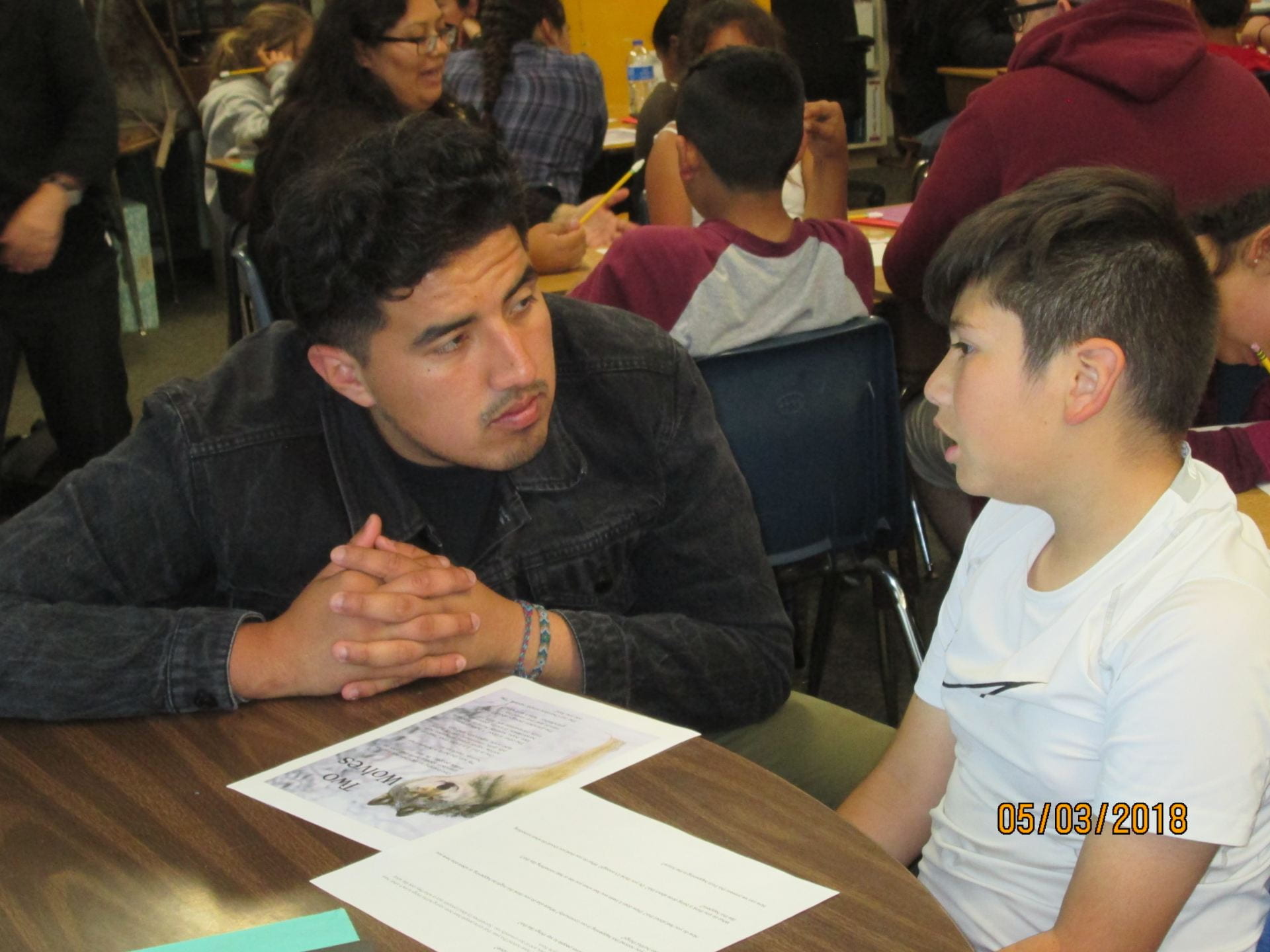
“This was a really positive experience for me because it made me realize what kind of path I wanted to take, because before Corre La Voz I didn’t really know what I was going to do after college.”
Corre La Voz Program Elements
Poder de la Palabra. Every program day, mentors work with their assigned mentees to develop academics, communication and collaborative skills. Activities may be table-readings, educational guest speakers, creative writing, brainstorming, or Council. Curriculum and practices are designed to help community members express themselves, learn about their own background and others in the community, develop their thoughts and their identities, and to formulate and pursue questions and actions in the world.
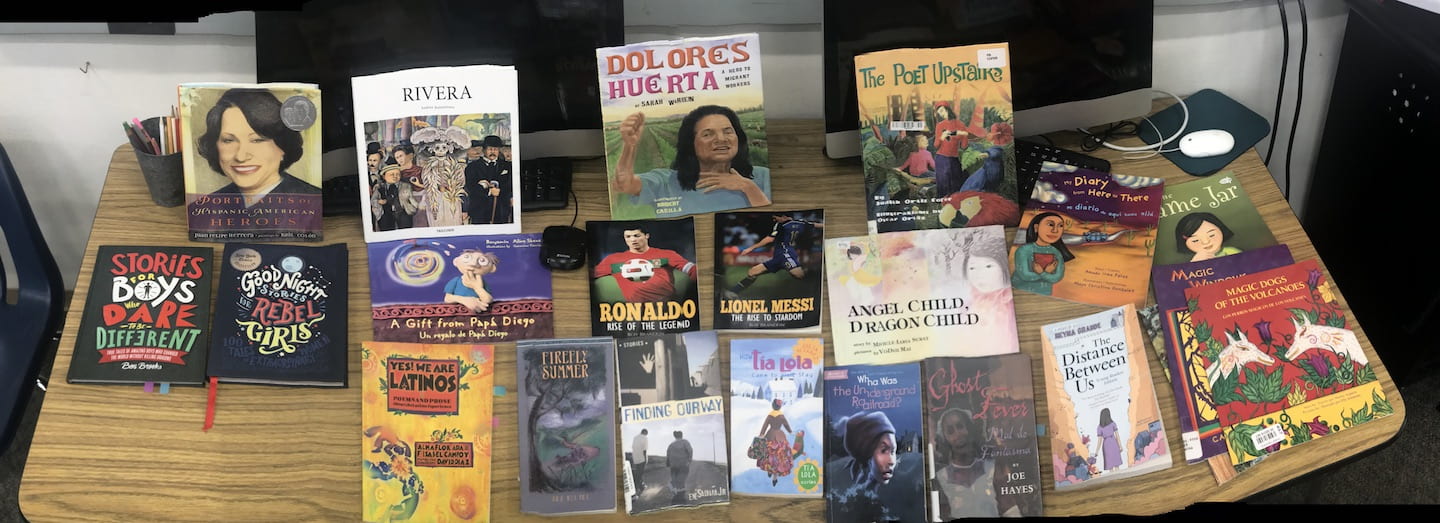
iDinámica! Each program day, we have a different, fun group activity—a dinámica. The overall concept is social, hands-on, kinesthetic learning, with explicit instructions that make it possible for everyone to join. Depending on the program calendar, dinámicas range from active playground games to reflective affirmations or social mixers, to game-based skill-builders related to our projects. The pedagogy of dinámicas continues to yield rich and surprising results for all members of the community. This flexible moment during the day is intended to “work with whole-body energy.” Some kids love this time the most, and it’s the perfect zone for our teaching team to practice innovative curriculum development, giving instructions and managing groups, and productive observation.
Proyecto! Each quarter is organized around exciting digital projects, and this is what most kids say is their favorite part of Corre la Voz. Some of our projects are on shorter, one-or-two-week curriculum cycles, and some of our movie-making projects last four to five months, building momentum, investment, and connection—the richness of project-based learning. Drama teams create and develop a story, learning about characters, setting, and plot, as well as embodied and interactive “texts;” for scripting, we use a combination of brainstorming, improv, drawing, point-and-shoot film/review, and transcription. Mentor/mentee crews learn to stage, film, and act the scenes, and then edit. Social research teams are smaller, coalescing around student interests and questions, and pursuit of interview connections in the community. CLV is committed to working on tech equity in our community, and expanding creative agency in the use of tech tools for participation and representation. Mentors learn to use technology thoughtfully, as part of critical pedagogies that are always grounded in our shared aims. We are proud to share with families at the end of each year at Family Night.

“I understood that I needed to take ownership of my own education and lead by example.”
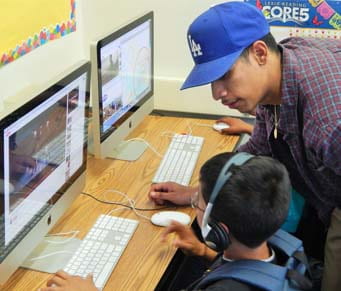
“Corre La Voz was the reason I didn’t drop out of college.“





